The Need to Know: A memoir that is by turns hilarious and biting, Born a Crime is highly recommended.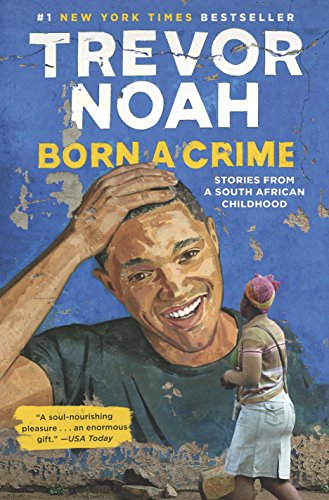 I’m sorry to say that before reading Trevor Noah’s memoir Born a Crime, I knew very little about Trevor Noah or the tragic system of oppression known as South African apartheid. Most Americans were raised on knowledge of American slavery, Jim Crow, and segregation, even if some Americans have attempted to re-write that history to make it more palatable. But while I could gesture toward some kind of vague similarity between United States’ Jim Crow laws and apartheid or make some reference to Nelson Mandela before reading this memoir, I could say very little else. This book did not teach me everything there is to know about South African apartheid, and it does not purport to do so. But what Born a Crime does do is provide valuable contextual details about how the system of apartheid operated, some of the motivations and tensions undergirding the system, and what it was like for black and colored men and women after it ended. Importantly, Noah’s Born a Crime grounds the story of South African apartheid within Noah’s childhood, adolescence, and adulthood, and his relationships with his family, particularly his black mother, Patricia, and his white father, Robert. The book opens with an excerpt from the shocking Immorality Act of 1927—which stipulated that “carnal intercourse” between “a European” and a “native” was illicit and would result in imprisonment. I know that this excerpt should likely not be that shocking, given that United States’ Loving v. Virginia case wasn't ruled on until 1967. It’s one thing to know that these laws existed as late as the 1960s and 1980s; however, it’s another to read the words, and to hear people like Natasha Trethewey (Former United States Poet Laureate) and Trevor Noah talk about the very real impact that these racist laws had on their own births and lives. As a result of this legislation, Noah, the son of a black woman and a white, Swedish father, was, in the words of the title, “born a crime.” Told in a series of vignettes, Born a Crime offers trenchant observations on apartheid, perceptions of masculinity and femininity in South Africa, and divisions--perceived and real--between various races, languages, etc. It’s a compelling, smart cultural analysis of a system that might feel historically and currently familiar to Americans in some ways. Take this passage for example: “The genius of apartheid was convincing people who were the overwhelming majority to turn on each other. Apart hate, is what it was. You separate people into groups and make them hate one another so you can run them all.” A pervasive theme that runs throughout the memoir is Noah's uncertainty about where he belongs in his school, his neighborhood, and his family. He’s “colored,” which means, as he says, that he must determine where he belongs and who will accept him. His loneliness is profound at times. As he states in one passage, “I was like a Peeping Tom, but for friendship.” But despite the often weighty subject matter, Born a Crime also made me laugh out loud on several occasions. Like here, when Noah considers the place of Christianity in South Africa: "But the more we went to church and the longer I sat in the pews the more I learned about how Christianity works: If you’re Native American and you pray to the wolves, you’re a savage. If you’re African and you pray to your ancestors, you’re a primitive. But when white people pray to a guy who turns water into wine, well, that’s just common sense.” This book is about the sweetness and the sour. In the end, it's about the crippling social, political, and economic consequences of apartheid, and how difficult it was for Noah to fit into the strict racial and social classifications of apartheid and post-apartheid; but it’s also an inspirational story about strong womanhood and making strong men, and how Trevor is able to avoid the so-called South African “black tax” without abandoning those he loves. A wise, heart-stirring, and hilarious memoir, Born a Crime should be added to your to-read list asap.
0 Comments
When I was in middle school I went to a hair salon in the mall and, using Drew Barrymore or Ashley Judd as my inspiration, asked for a very short cut. That had to have been some point in the late 90s.
Ah, the 90s. Do you remember those halcyon days of fashion? No? Are you sure? Let me refresh your memory about some things that were popular then. The haircut that I requested was shortly after I had The Rachel, that famous shag that launched a thousand ships and that Jennifer Aniston now famously hates. I’m not sure what made me want a short cut—after all, it’s not like those were exactly super popular amongst the teenage girl crowd—but something made me sit in that chair and instruct them to give me the Ashley or the Drew. Perhaps it was my overwhelming optimism that motivated me: the thought that when they spun me around I was going to have a Disney Princess moment: beautiful, bouncing dress, dulcet voice, and twittering birds flying around my head—the whole nine yards. This did not happen. Through the years I’ve embraced lots of different hair styles ranging from the super short (shorter than Daniel’s), short, medium, to the long-ish (when it hung in limp strands to my bust). I’ve had brown hair, reddish hair, brown hair with red highlights, and after this weekend, ombré-ish hair. I’ve had no-bangs, swooped bangs, and straight-across bangs. I’ve had haircuts that I’ve loved, and haircuts that I’ve hated, and I’ve had a whole lot of fun. I’m by no means the most adventurous woman who has ever lived—hair-wise or otherwise—but I’d like to use this platform for really important work. You know, like, encouraging every woman to take a hair risk or two. Would you like to hear some of my thoughts on haircuts? I thought you’d never ask. In most cases, haircuts are not a big deal. (I say this with the disclaimer that hair is not unimportant, and I recognize that hair can have a big effect on how we feel about our appearance, ourselves, etc.) But haircuts are, by their nature temporary, and I don't think that we should hold ourselves back if we get a wild hair (get it?!) about a particular style. I don’t do a lot of super scary things, but, and I know this sounds weird, I love the rush I get when I tell the hairstylist to do something—pixie! Highlights! Full bangs!—without knowing how it’s going to turn out and what I’ll look like afterwards. I could look great, or I could look like one of those living, walking Pinterest fails. But that’s the point. Love it or hate it, hair grows quickly. Haircuts are a way to play with my look and figure out what I like and don’t like without too much investment on my part. Pixie cuts are bold, powerful, and also romantic, and if you keep them on the longer side, like my latest iteration last year, they also aren’t too awful to grow out. Some of my favorite cuts are pixies. They draw attention to the face: suddenly eyes, cheekbones, and jawlines say hello, nice to meet you! On the days when I took the time to blow dry my hair—and this only took four minutes, so theoretically I should have had that time every day—I often felt more feminine than I ever have before. But I’ll be honest and say that on the occasions when I felt less than stellar about my appearance—and no matter how confident you are, those days occasionally pop up—I wasn’t too happy about the cut. There’s nowhere to hide with a pixie, which is fantastic and also scary, depending on your mood. Don’t take a six-year-old to the hair salon when you get a very short pixie cut for the first time. She will likely ask why you are getting a boy’s haircut, making you feel very confident about your brave hair decision. I’ve often read that bobs and lobs are some of the most universally appealing cuts. If you like to stick there, consider taking a risk with your bangs or making your cut asymmetrical (longer in the front, for example), or playing with the color. There are some fabulous men in my life. But men just don’t always get women’s hair. If it were up to my husband, my hair would be like a woman’s in a pre-Raphaelite painting (see above). Long and wavy. And my Dad—who was a prince among men, really did not like the way that I styled my hair. While Daniel loves my hair curly, my Dad preferred it straight and/or pulled back off of my face in a pony-tail. And more than anything, my dad hated the clips that I used to pin my hair down, what he called “barrettes." This seemed to me both a strange aversion on his part and a strangely old-fashioned term for my cute, sparkly hair-clips. While I know that there are certain hair preferences that the men in my life have had or have, I do what I want with my hair. If I want it to be really short, I cut it. If I want it to be long, I grow it out. If I want it to be ombre, I don’t tell my husband what I’m planning, do it, and then come home and say “what do you think?” I should say that I have a very supportive, loving husband, and he honestly thinks that I’m beautiful no matter what my hair looks like. I’m sure that makes it a little easier for me to feel like I can follow my wildest hair dreams. But the bottom line is, if you want do so something with your hair and there are no other more serious factors getting in the way of it, do it. You might hate it. Or you might just love it. Either way remember that your loving, supportive partner chose you for you, not your hair, and that no one expects you to live in a state of suspension where you don’t change your appearance for forty years. After all, as Daniel points out so lovingly, if I had the same haircut I had when we first met, he'd still be hating it and I'd still be flipping out the bottom with my fingers and a cheap blowdryer every morning. These are some of the celebrity haircuts I’ve modeled my haircuts after: Jennifer Aniston, Drew Barrymore, Ashley Judd, Katie Holmes, and according to Dan, Suri Cruise. When my hair is longer and I wear it curly, I think that I have a particular affinity with Weird Al Yankovic. I like taking celebrity’s pictures to hair appointments with me. Sure, I’ll never look like Katie Holmes. But I don’t want to look like her. I just want her hair. (Btw, Holmes is obviously beautiful so that's in no way a dig on her.) Make a hair-salon appointment date with a close friend. This weekend one of my best friends, Laura, and I went to get our hair ombréd. Before I proceed, I’ll say that both of us really like our haircuts and styles, but we also don’t think that we got ombréd. The second thing I’ll say is: going with a close friend can give you the extra dose of boldness that you need. Or it can give you the dose of reason you need if you start thinking that you can handle anything you see on Pinterest. Favorite Places to Find Hair Accessories: Anthropologie and Etsy. My Hair by the Numbers: Number of times I’ve cried after a haircut since elementary school: One. Number of times I’ve cut my own bangs: Probably six. Number of times I regretted cutting my own bangs: One. Number of times I promised a hairstylist that I wouldn't cut my own bangs again: One. Number of perms I’ve had: Two. Average number of weeks I wait for a haircut: Probably eleven. Number of times I wash my hair per week: Seven Number of times someone has said that I have frizzy hair or I've thought that about myself: One million, eight hundred thousand, and three. Some of my favorites hair products: Paul Mitchell Tea Tree Lavender Mint Moisturizing Shampoo Aveda Shampure DevaCurl Frizz-Free Volumizing Foam SheaMoisture Coconut & Hibiscus Curl Enhancing Smoothie Chi Flat Iron Of course, in my opinion, the most important thing is that you feel confident about yourself, and if hair is or is not part of the equation, that's great. But I love haircuts and I think that they can be as casual or as weighty as you want them to be. They can be a fun thing that you like doing for me-time, and/or they can make you feel brave and ready-to-take-charge when that might be the last thing that you're feeling. Wishing you lots of success AND fun on your hair journey. February mewled as softly as a kitten, so she leapt out the front door garbed in the colors of spring. These products were found on one of my favorite websites, Etsy. Please see my Etsy Affiliates Disclosure below.
When I was a teenager my mom bought a one-hundred-year-old house on four acres on a winding, narrow road in Shelby county, Kentucky. I don’t remember much about what the house looked like before my mom worked her decorating magic, except that it was in bad shape. I had the vague sense of a house that was decaying, not quite as bad as the barn that was falling down in the back of the house, but badly enough.
My mom has loved old things for as long as I can remember. She’s renovated furniture (including a murphy bed and a super uncomfortable couch), she’s picked up knick-knacks and fripperies here and there—old hats with netting, a toy horse pulling a cart, and stoneware, among others. In her study she has a collection of Native American artifacts (we believe) which were discovered in a field behind her parents' house. And she’s completely renovated an entire house, turning it from something that had the air of abandonment to something that was warm, stately, and inviting, a place that I loved and that I find myself mentally returning to again and again. I would buy that house and that land in about half a minute. I remember lying in my bed on weekend mornings underneath the quilt, seeing the pear-colored light decorate my Prussian blue walls in stripes and hearing something scurry behind the walls or in the eaves. I wasn’t afraid of the sound. It was an old house after all. I remember the twin staircases that led upstairs to mine and my sister’s rooms, and how my mom used to put all of the things that I left strewn around the downstairs on the foot of my steps. I was supposed to take them up right away but I usually just stepped around them, walking carefully so that I didn’t slip on my clothes. I remember how my siblings and I traded bedrooms like they were Pogs, moving from room to room holding stacks of our belongings and settling into each new space with the skill of seasoned travellers. The add-on bedroom that was always slightly colder and had the walk-in closet where I used to sneak and read my mom’s romance novels. The pink bedroom where my sister mostly lived, where my siblings and I occasionally did our concerts. The middle upstairs bedroom, where I lived only briefly and dramatically insisted that I got locked into on one occasion even though no one believed me (largely because we all knew I could have really gotten out if I had wanted). And the Prussian blue bedroom where I lived the most, with my blue recliner and my wicker bookshelf, my numerous pieces of Elvis wall décor, and my boom-box where I loved playing my sister’s Pink CD at full blast. That was our house, but it had belonged to others, too. I remember my mom finding the antique cigarette cards with scantily-dressed women (I think one was on a swing) behind the mantle. A very old receipt which established that the house had been built by the late nineteenth century. The muddy brown medicine bottle, which must have been so commonplace at its time of use and probably wouldn’t have captured most people’s attention now, but which I saw as something special. The detritus of an older time, thrown aside and forgotten or ignored—like the clothes I left on my stairwell—but found and appreciated by someone—my mom, and also myself—who saw in them something to appreciate. What my mom discovered in the walls, and the life we lived there in that floor-squeaking, drafty, high-ceilinged, double-staircased house, has informed so much of what I look for in a home. It was the reason why I encouraged Daniel, my husband, to forget about buying a fifty-year-old white ranch with brick accents in favor of a nearly one-hundred-year-old brick foreclosed house in Lenoir City, Tennessee. I’m all about character. I would rather take a house that is covered in paneling and musty carpet in hideous, sickly shades of green, that has track lights running up the staircase, wobbling railings, and a room which had walls painted in a manner that I could only call “serial killer chic,” over what I saw as a generic ranch any day of the week. Seriously. And of course I’m incredibly lucky because Daniel is the handiest person I know. I helped him demolish this house and carry out the rubble, and I did most of the painting, but he did EVERYTHING else. He’s also a home visionary, and even if he was not incredibly enthusiastic about my choice, he saw something in this house too. So we got our approximately 2600 square foot house for approximately $86,000. On the day of our final walk-through, I inspected the kitchen and took in the green faux marble counter-top, the heavy knotted pine, the holes where the appliances should be, the vinyl floors, and I had my first moment of doubt. What had I signed us up for? But then we started working. We ripped down the walls and ceilings with crow bars and sledge hammers. We pulled up the floors, hoping for original hardwood masterpieces and finding in many cases layers of black underlayment and glue. We took the house down to the studs, carting out wheelbarrows full of drywall and plaster and lathe, tossing the contents over the side of the porch railing into the revolving stream of dumpsters we had in our backyard. Then we walked through our empty house, seeing only the wooden joists, and thought, progress. Along the way we found the detritus of other lifetimes: an old black shoe, which I thought about keeping before reminding myself that it was only one shoe, and not a very cute one at that. Old handwritten letters and Christmas cards from the fifties. Beautiful magazines from the 1920s which an enterprising resident had used to insulate the kitchen. Bags of newspaper clippings which I also removed from the walls. Two pieces of sheet music, which were patriotic ditties from WWII. Photo negatives, which I took to a local specialty shop and had developed. One, a woman standing in front of a car which was parked in front of the ocean. One, an incredibly young looking man who was dressed in a soldier’s uniform. A child’s journal from the 1990s, which I read guiltily before throwing away, unfinished. A long cane pole which my husband threw away for me because he said it was just a stick. Fragments of old records which I found in the crawl-space, half-buried under the dirt. And most surprising of all, a human skull which had been forgotten—or perhaps hidden in an attic space upstairs—and which came tumbling out of the ceiling like a scene out of a horror film. Individuals’ names were engraved on the back, as was the name “U.S. Army Signal Corps.” We called the Lenoir City Police Department and they came to the scene to retrieve it, as stunned as we were to be carrying a human skull out of our front door in one of my gallon Ziplock bags. Ripping down the walls allowed us to see where the original clapboard exterior walls were and how they had become interior walls in places due to the previous owner’s renovations. We could see the evidence that other people had lived there, that they had collected things and had people who wrote to them and magazines they subscribed to. That they went to war and brought terrible things home and then left them here, for us to find all these years later. That they had children who had interior lives and things that they felt were important enough to make record of. I don’t know where those people ended up, what other houses they made their own, but I love that I’ve seen a little of their lives, and that our family is one of many that has called this house home. 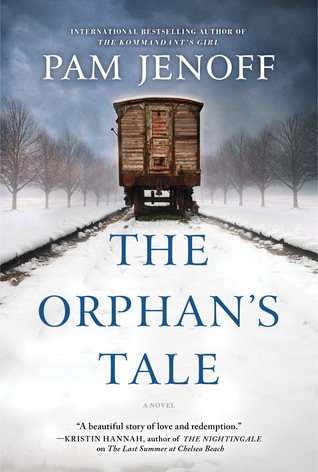 The Need to Know: I stayed up until 1:06 this morning reading this book and wiping tears from my cheeks. So yeah, I really liked this book. The first sentence of The Orphan’s Tale by Pam Jenoff is “They will be looking for me by now.” Immediately I was hooked. In the opening pages of this thrilling story, an unnamed narrator has snuck away to an exhibit called “Two Hundred Years of Circus Magic.” The narrator glances at the exhibit’s photographs before locating a railcar, where she opens up a compartment in the back, hoping to find something which is not fully revealed to the reader. But there’s nothing there, “and the dream I had that it might hold the answers evaporates like cool mist.” This kind of narrative is one of my favorites: a frame story told from the perspective of an elderly person, about to reveal her life’s greatest secrets—if only to the reader—and a passionate, tender inner story that is slowly built on until the book’s last revelations. After the prologue, The Orphan’s Tale is told from two different perspectives, Noa’s and Astrid’s, both of which are rooted in the WWII period. Noa is a young Dutch woman who was thrown out of her parents’ home after she became pregnant with a German soldier’s baby. She ends up in Germany, alone, until in an impulsive moment she takes a Jewish baby from a railcar which the Germans are sending east. A series of events lead her and the baby to a famous circus, where she meets Astrid. Astrid’s husband, a member of the Reich, cast her aside because she is Jewish, and she returns to the winter quarters of her family’s circus, the only home she has ever known. Her family’s circus is no longer in operation because her Jewish parents and siblings are gone, but Herr Neuhoff, their former circus rival, offers her a job as an aerialist--her previous role in her family's circus--and she accepts. After Noa and the baby, Theo, arrive at Neuhoff's circus, Herr Neuhoff tasks Astrid with making Noa an aerialist within a 6-week time period—a task which Astrid resents for multiple reasons, not least because she thinks it is impossible. Will Noa become an aerialist? Will she and Astrid ever trust one another? But the captivating circus and the performers’ dynamics are only part of the story here. After all the story is set in World War II; two of its main characters are Jewish, and many of the other characters are accomplices to sheltering them, whether they wish to be or not. This beautiful story moved me in deep ways, and in the final pages, I wiped tears off of my cheeks as I read in bed. Now, hours later, I still feel immersed in the world of The Orphan’s Tale, and I’m also still processing what happened to the nuanced, imperfect, and also noble characters Jenoff created. I have read comparisons of The Orphan’s Tale to Sara Gruen’s Water for Elephants and Christina Baker Kline’s Orphan Train. I would also add Natasha Solomons’ The House at Tyneford, and Kate Morton’s books, which use the same type of frame structure. In one way this thrilling, lovely book was easy to read. I raced through its pages. But on the other, there were sections of this book which were truly difficult to read and come to terms with, particularly after I read the “Author’s Note” and learned that a couple of the main plot-points are inspired by real-life events. The Orphan’s Tale offers the reader a chance to mourn and to celebrate, to become invested in the lives of the characters and to be reminded of our history. I’m so glad that I found this book. I received a free copy of this book from Netgalley but all opinions provided in this review are my own.
ThisBathing Beauty Bathing Suit from ModCloth. I don’t know about you all, but I think $89.99 for a bathing suit is expensive. If you can go the Target route like I could for years, I say go for it! But here’s the deal: I am a pear shape (thanks for the help identifying me as that, MC) with a sizeable backside, and I also had a one-year old last summer. These factors led to a less than enjoyable swimsuit shopping experience. I bought several bathing suits (b/c it was hard to try them on with my son), and then returned them all because they were really bad fits. Saying that they were extraordinarily bad fits would not be an understatement. Then I Googled something really embarrassing (like: cute bathing suits for new moms. Yes, really), and I found this beauty in red. I’m usually a size 6 and bought the size 8 (and probably could have comfortably fit in the 10). The red bathing suit looked like something a Hollywood starlet from the 1930s would have worn, but the emerald is gorgeous too! There's a reason why this bathing suit has so many incredible reviews on the modcloth site.
The article “Following the Path of Historical Romance to Women’s History”: I used to be embarrassed by my love of romance novels (and chances are, if you talk crudely about sex, or in particular a sex scene in my book, I’ll probably still get embarrassed). But then I started thinking more about the value of romance novels, outside of the Happily Ever After they offer. Yes, they often feature attractive characters with fantastic chemistry, but as this article states, romance novels can actually teach you things about the world—whether you’re reading historical or contemporary—and it’s amazing to read books which are female-centric. Another thing I’m loving about them is how increasingly diverse and inclusive they have been and are becoming. I understand if they’re not your jam—I’m not a huge fan of 1970s postmodernism books, for example—but give them a shot if you haven’t already. You might just be surprised. See Sarah MacLean's book above; she's one of my favorites! This VW play-bus: We got this for my son at Christmas and it is pretty darn adorable. Sam looks so cute diving through the door (usually to escape me or chase after me). Also, there’s been a bonus use: my dog, Dobby, likes to use it as a dog-house of sorts. Land of Nod has some cute ones, but this VW was a ton cheaper, especially because I nabbed it on sale. These Rifle Paper Co. Keds: Bring the smelling salts. These Keds are proof that God loves us and wants to cheer us up after the greatest presidential misstep (or catastrophe) in US history. I am a HUGE fan of Rifle Paper Co. products—I have bought their desk calendar, planner, and stationaries—and I love these shoes. Activism. You guys, just because Lindsay Lohan says that "if you can't beat him [Trump], join him," doesn’t mean we actually have to. I know that many of my beloved family and friends have jobs where it’s just not practical or possible to squeeze in a phone call to your Senators (only to hear a dial tone in a lot of cases), but if you can try, give it a shot. I’ve also heard that faxing is an effective means of contacting our representatives, as well as attending protests and town halls. My peppy pitches might get (are likely) annoying, but I'm trying to keep myself encouraged just as much as I'm hoping to keep you encouraged. This project to create fun signs for cat adoptions: So happy that people like the man responsible for this project exist. Delores’s sign is killing me. The Need to Know: An atmospheric, detailed mystery, Brunonia Barry’s The Fifth Petal is a satisfying, juicy book to sink into and enjoy. 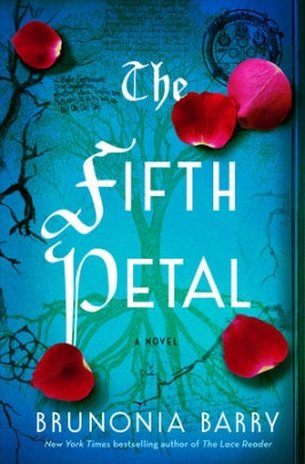 At its heart, The Fifth Petal by Brunonia Barry is a murder mystery about who murdered “the Goddesses,” three beautiful young women who were killed in Salem, Massachusetts in 1989 while attempting to consecrate the spot where their female ancestors were executed for supposed witchcraft in 1692. The answer to this murder mystery is particularly important to Callie Cahill, daughter of one of the Goddesses, who was present at that ill-fated ceremony and only avoided death thanks to “Auntie” Rose, who hid her away before returning to the murder site. Unbeknownst to Callie, now thirty years old at The Fifth Petal’s opening, Rose is still alive and many of Salem’s residents hold Rose responsible for the Goddesses’ murders, even though there was no evidence that she was their murderer. When Rose is believed to have committed a fourth murder, this time of a teenager who was threatening her, Callie immediately returns to Salem to clear Rose’s name and to uncover the truth about what happened to her mother and the other Goddesses. One challenge that Callie faces, among many, is that Rose is considered insane by many Salemites, and Rose maintains that a banshee was responsible for all four of the murders. Though the rich plot of The Fifth Petal is somewhat difficult to summarize, Barry maneuvers the plot and characters deftly, and the book remains suspenseful rather than gratuitously complicated. Barry’s rendering of Salem, Massachusetts, a city already compelling to many Americans familiar with the barest bits of its history, is smart and thorough, and she has rooted her plot within the occult and religious practices unique to Salem’s history. The ways in which Puritanism, Catholicism, and the occult clash and overlap with each other in The Fifth Petal enrich the reader’s understanding of the characters themselves: their motivations, their fears, and their desires. I was invested in finding out the answers to the mystery throughout the book, and in true Jessica form, I guessed that several different people were responsible before reading the book's satisfying revelations. The Fifth Petal is an engrossing, sexy read that is also dense and seemed well-researched. Fun to read and smart. A great combination, in any book. I received this book from Blogging for Books for this review; however, all opinions included here are my own. For more info on Brunonia Barry: http://www.brunoniabarry.com/
|
About me.Give me that HEA, please.
Join my mailing list.Want to receive a weekly email with links to my latest blog posts? Sign up below!
Archives
April 2024
Categories
All
|
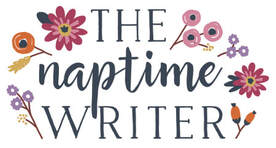
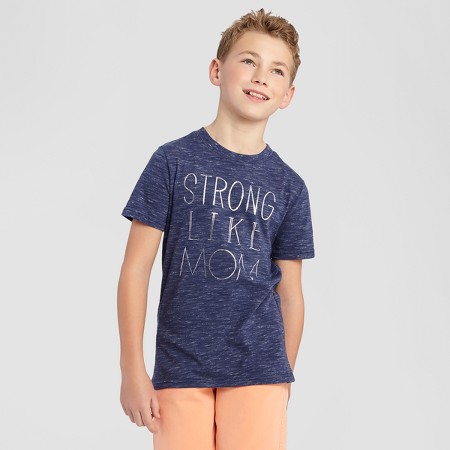
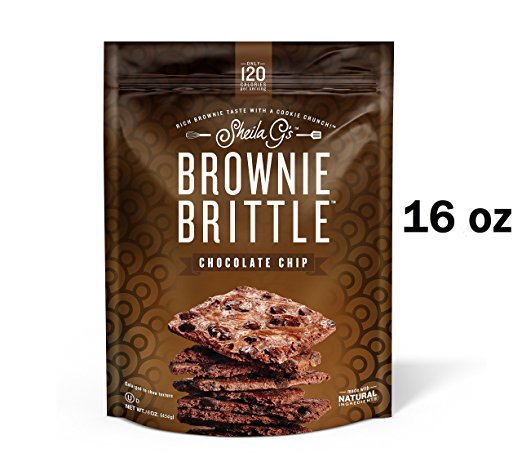
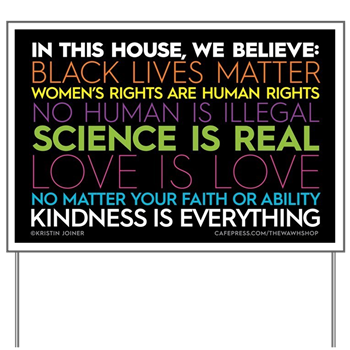
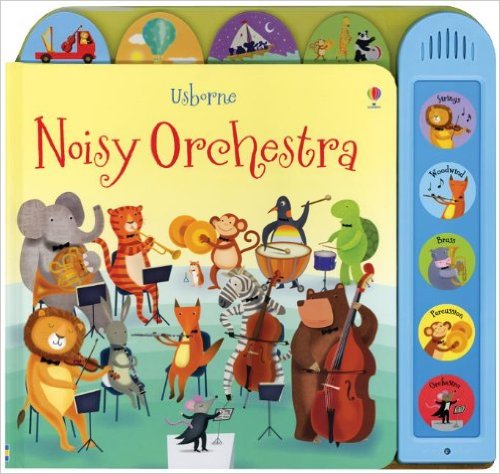
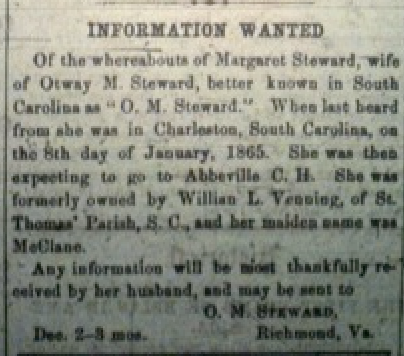
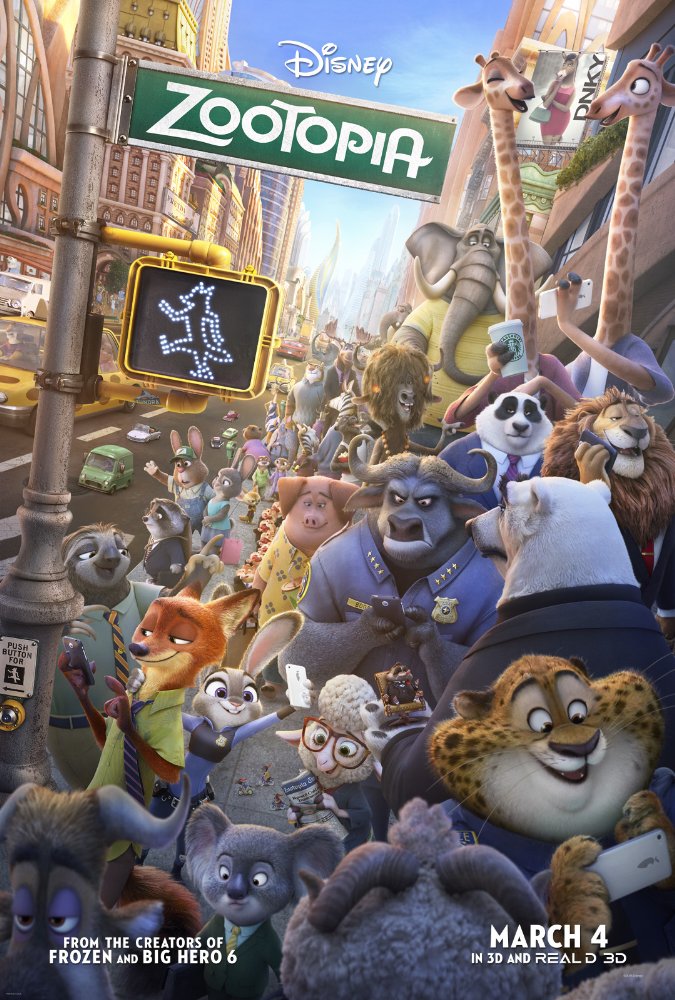
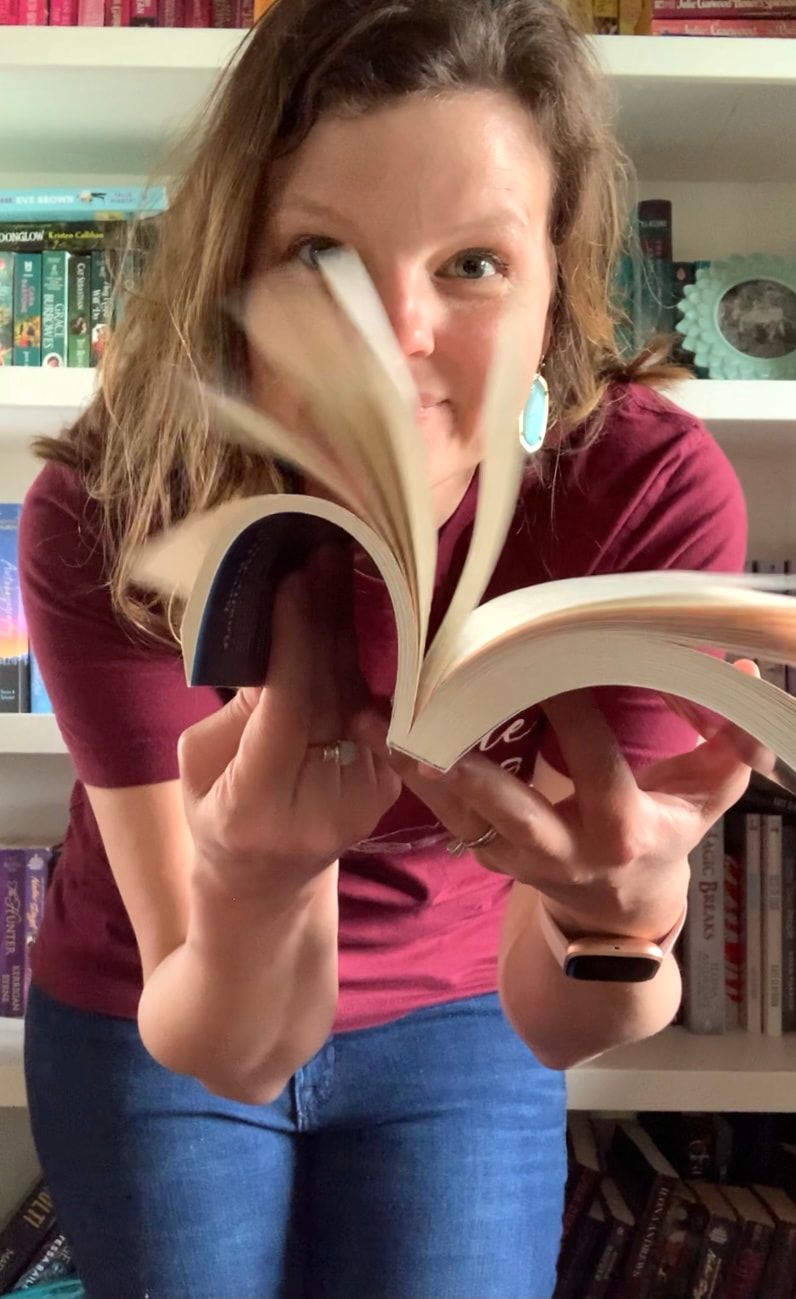
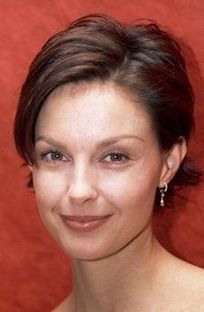

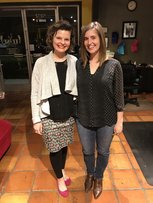
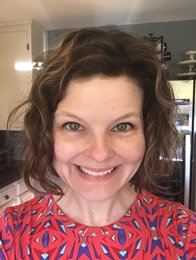

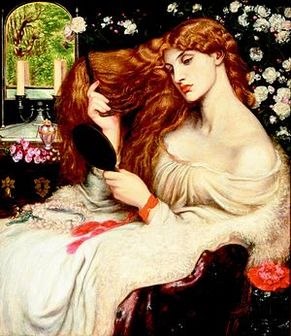

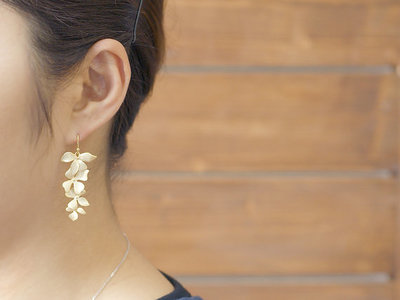
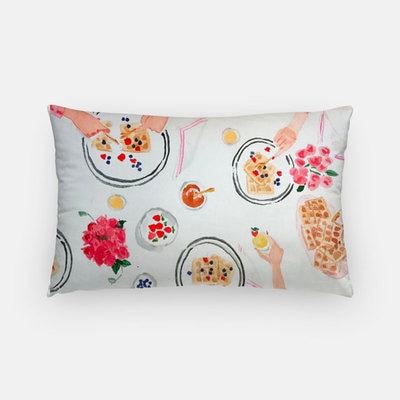
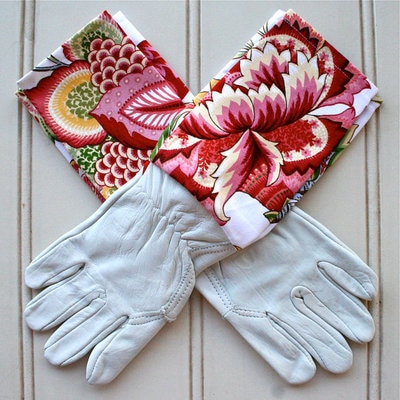
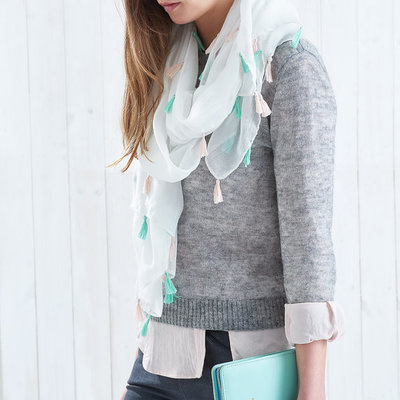
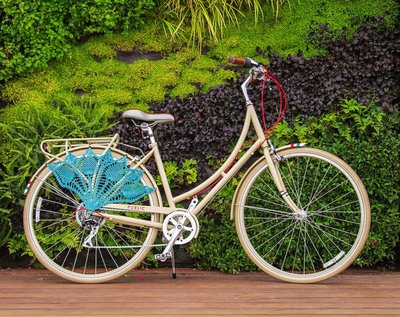
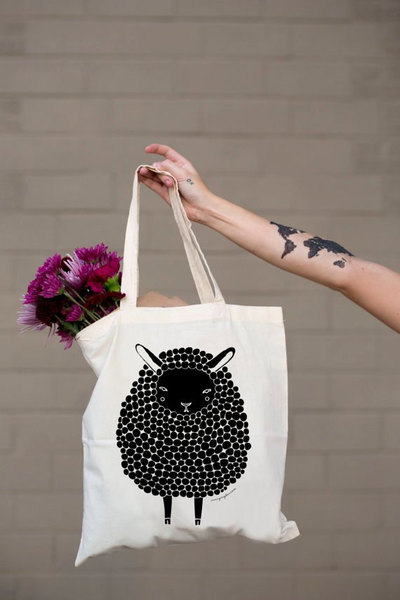
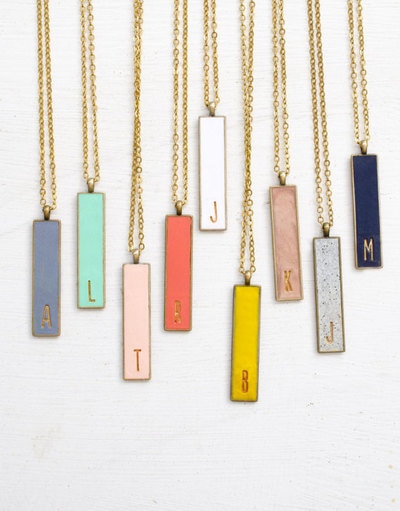
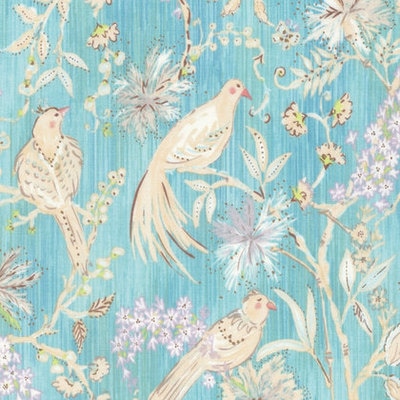
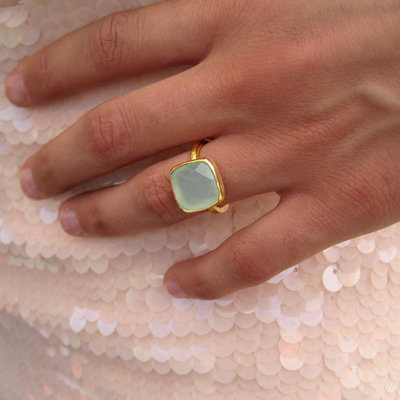
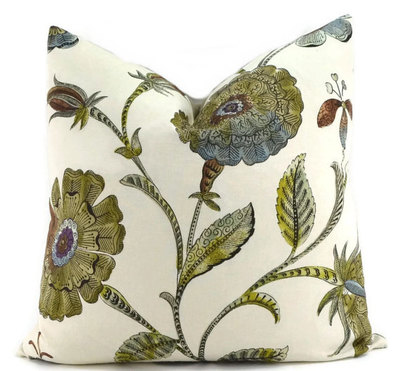
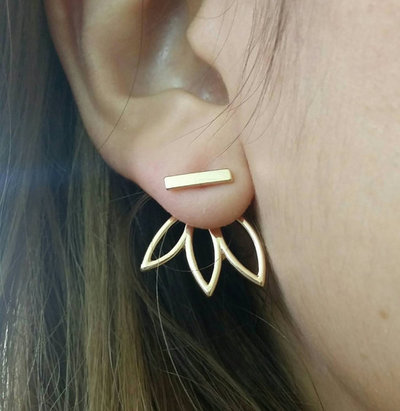

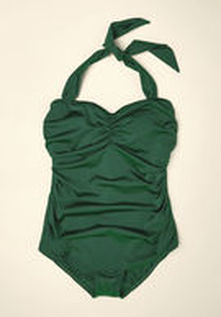



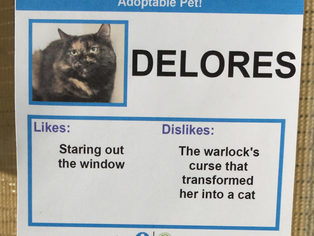
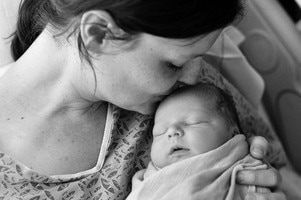
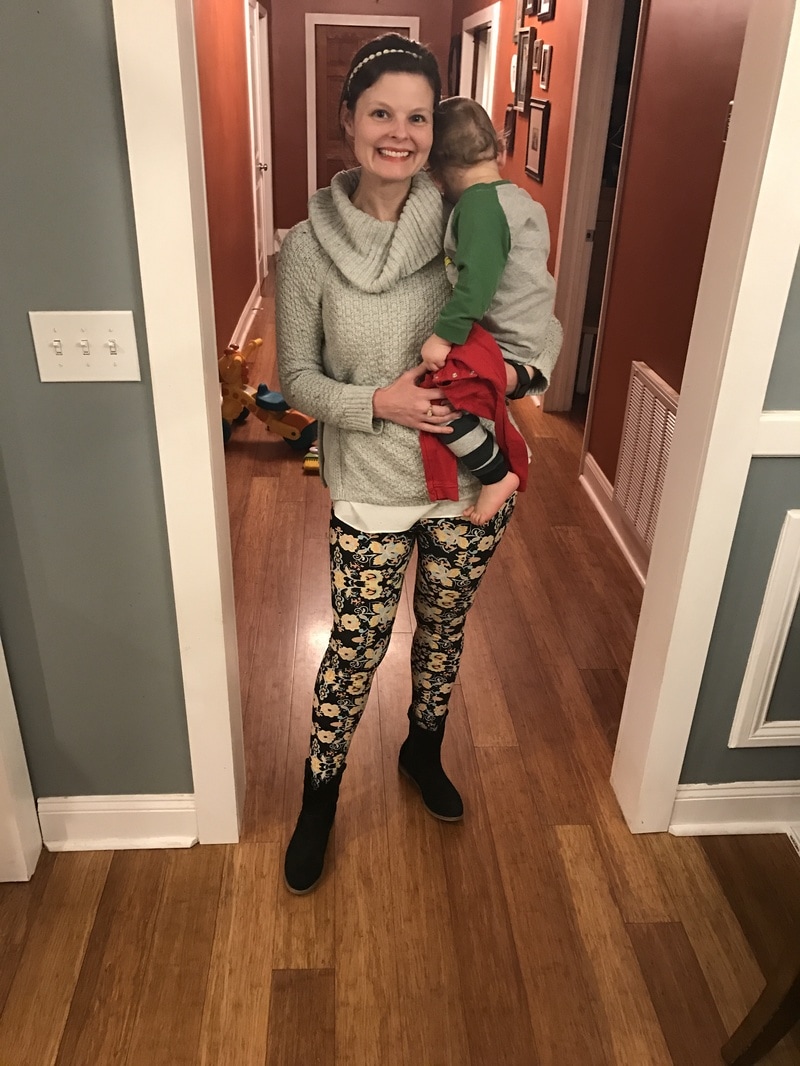
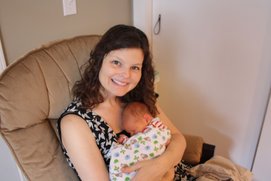
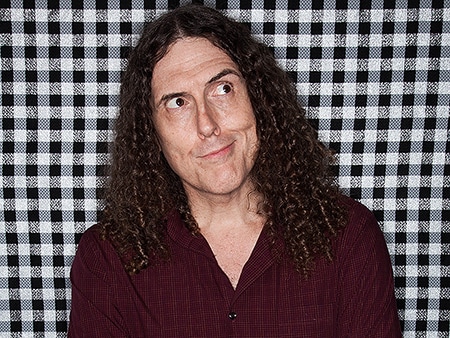
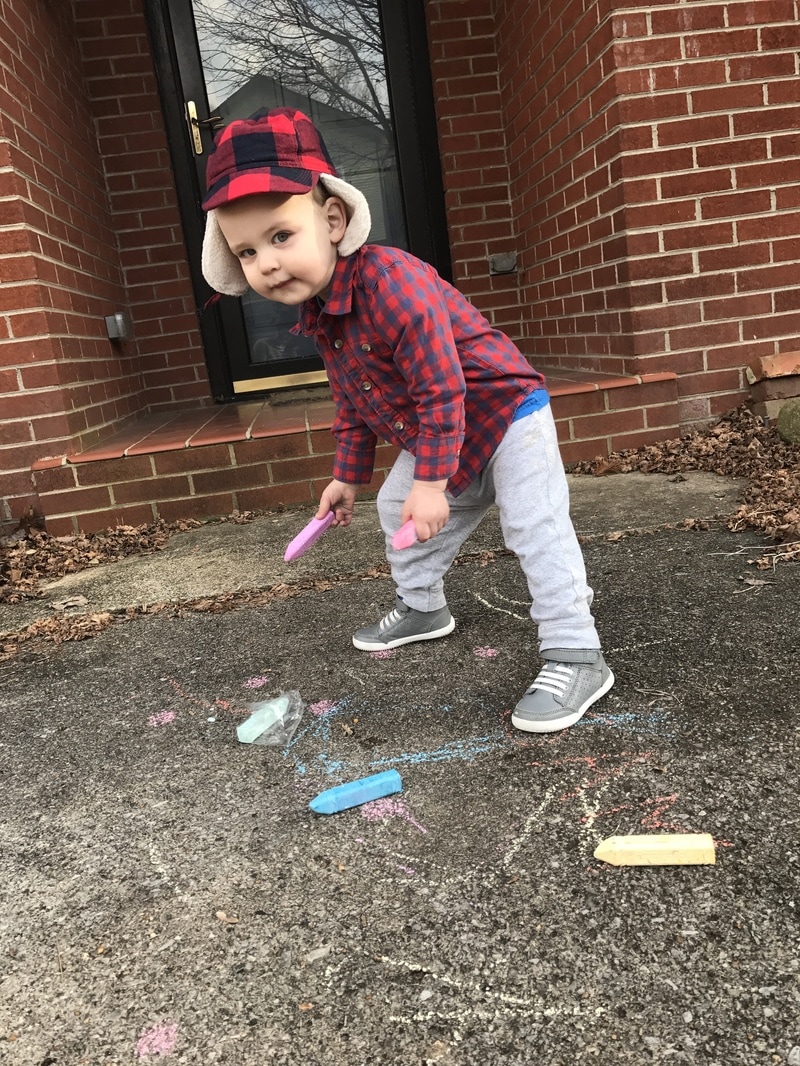
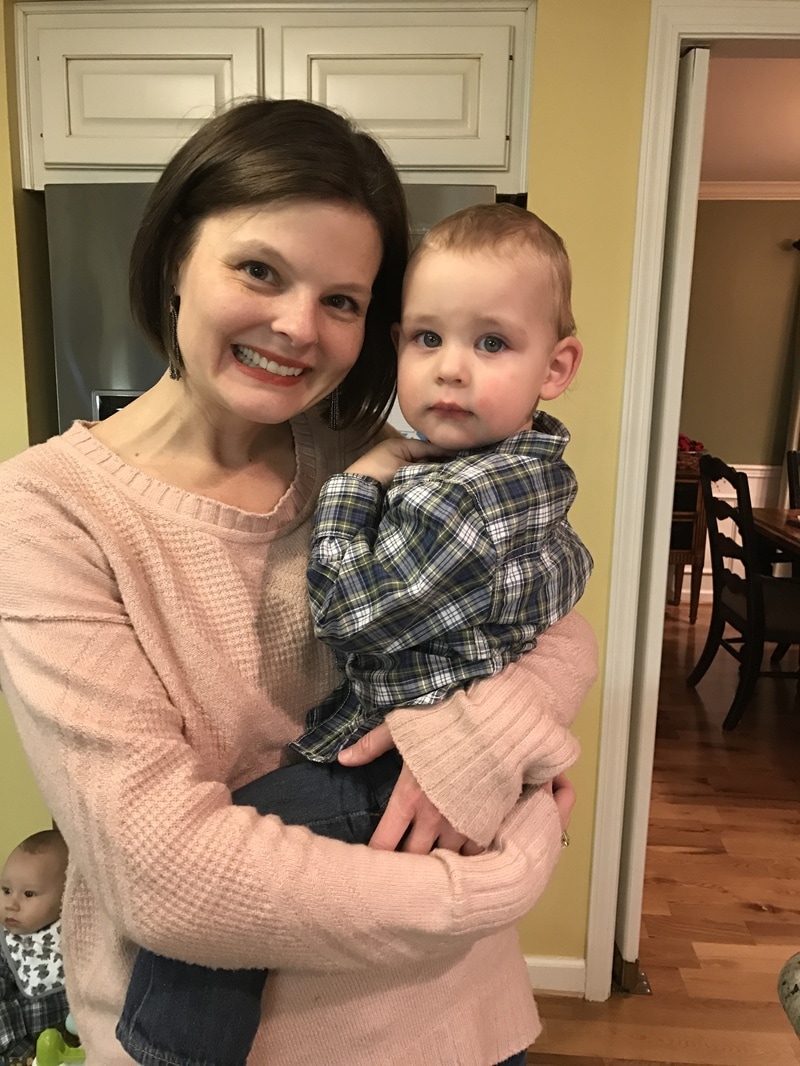


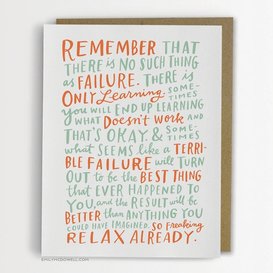
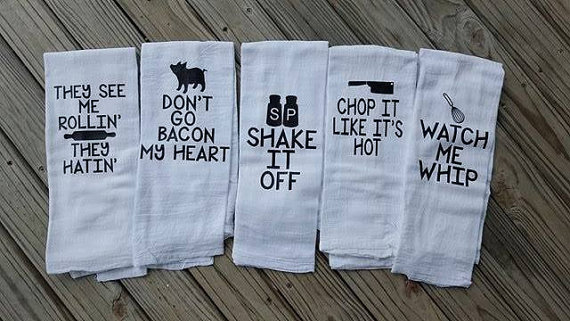
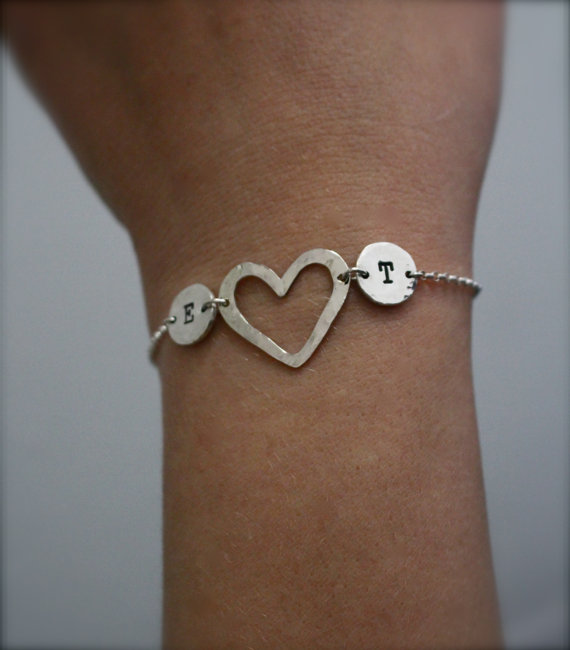
 RSS Feed
RSS Feed
